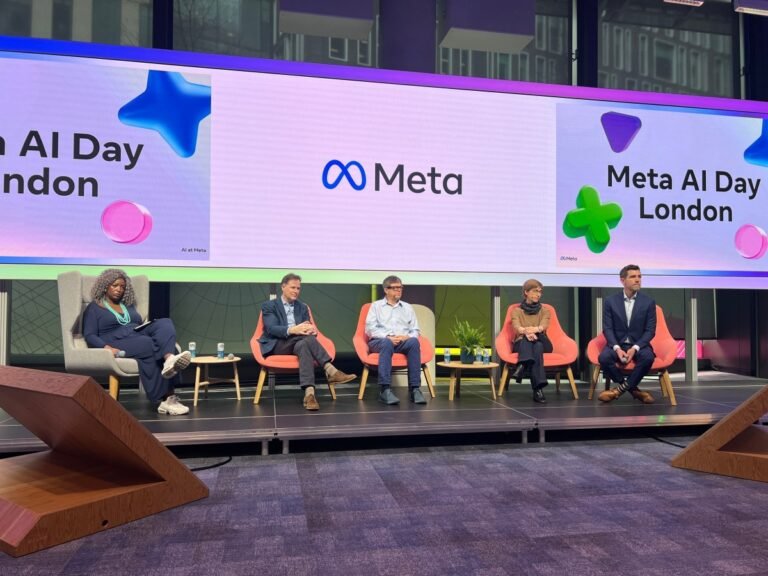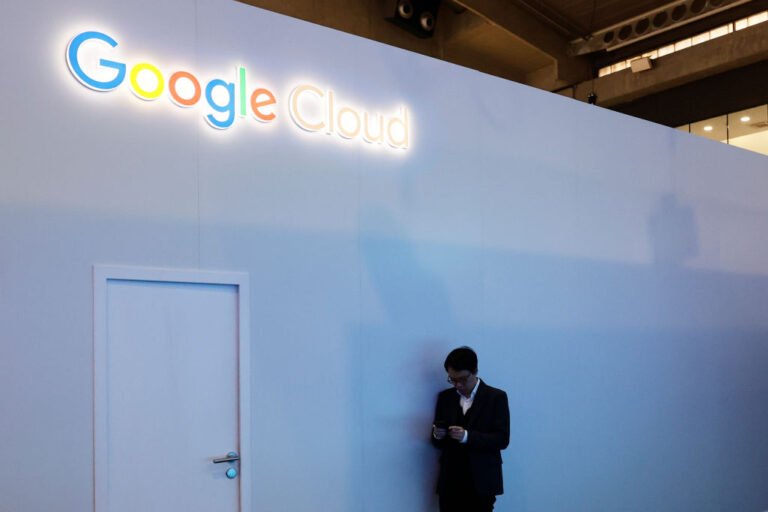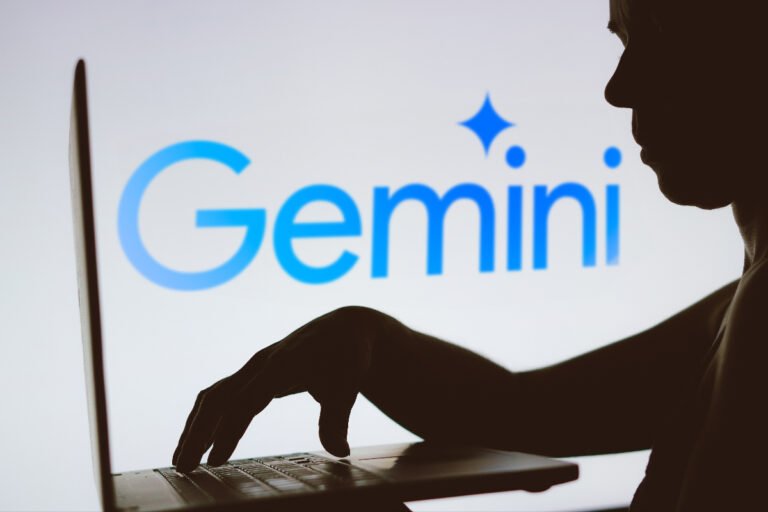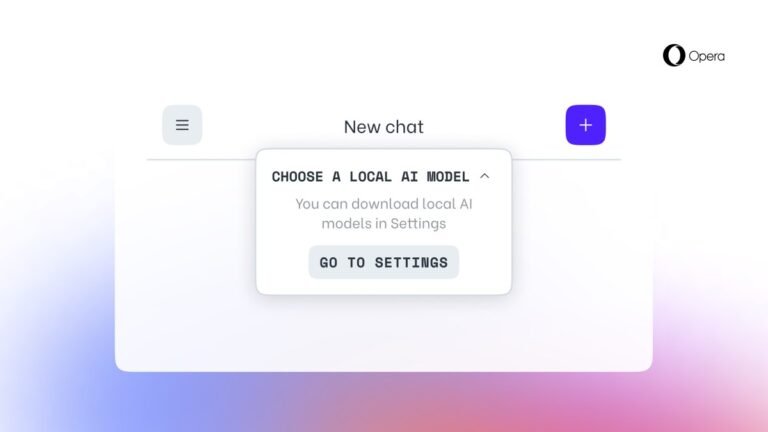
Meta, hell-bent on catching up to rivals in the generative AI space, is spending billions on its own AI efforts.
But an even larger chunk is being spent developing hardware, specifically chips to run and train Meta’s AI models.
Meta unveiled the newest fruit of its chip dev efforts today, conspicuously a day after Intel announced its latest AI accelerator hardware.
Google this week made its fifth-generation custom chip for training AI models, TPU v5p, generally available to Google Cloud customers, and revealed its first dedicated chip for running models, Axion.
Amazon has several custom AI chip families under its belt.

“Our goal over time is to make a Llama-powered Meta AI be the most useful assistant in the world,” said Joelle Pineau, Vice President AI Research.
Most notably, Meta’s Llama families, built as open-source products, represent a different philosophical approach to how AI should develop as a wider technology.
But Meta is also playing it more cautiously, it seems, especially when it comes to other generative AI beyond text generation.
Ironically — or perhaps predictably (heh) — even as Meta works to launch Llama 3, it does have some significant generative AI skeptics in the house.
It’s not generative AI,” he said.

So he founded a startup, Symbolica AI, to do just that.
Elsewhere, a report co-authored by Stanford and Epoch AI, an independent AI research Institute, finds that the cost of training cutting-edge AI models has increased substantially over the past year and change.
With costs poised to climb higher still — see OpenAI’s and Microsoft’s reported plans for a $100 billion AI data center — Morgan began investigating what he calls “structured” AI models.
Symbolic AI solves tasks by defining symbol-manipulating rule sets dedicated to particular jobs, such as editing lines of text in word processor software.
Symbolic AI needs well-defined knowledge to function, in other words — and defining that knowledge can be highly labor-intensive.

AI agents are the new hot craze in generative AI.
On Tuesday at Google Cloud Next, the company introduced a new tool to help companies build AI agents.
“Vertex AI Agent Builder allows people to very easily and quickly build conversational agents,” Google Cloud CEO Thomas Kurian said.
In this case, it’s relying on Google Search (which in reality could or could not be accurate).
“We’re now bringing you grounding in Google Search, bringing the power of the world’s knowledge that Google Search offers through our grounding service to models.

Gemini 1.5 Pro, Google’s most capable generative AI model, is now available in public preview on Vertex AI, Google’s enterprise-focused AI development platform.
Gemini 1.5 Pro launched in February, joining Google’s Gemini family of generative AI models.
Gemini 1.5 was incredibly able to find the specific perfect 50 dunk and details from just its long context video understanding!
Gemini 1.5 Pro doesn’t process a million tokens at the snap of a finger.
Google previously said that latency is an area of focus, though, and that it’s working to “optimize” Gemini 1.5 Pro as time goes on.

But this year, whether to foster developer goodwill or advance its ecosystem ambitions (or both), Google debuted a number of open-source tools primarily aimed at supporting generative AI projects and infrastructure.
Beyond MaxDiffusion, Google’s launching Jetstream, a new engine to run generative AI models — specifically text-generating models (so not Stable Diffusion).
“We’ve heavily optimized [the models’] performance on TPUs and also partnered closely with Nvidia to optimize performance on large GPU clusters,” Lohmeyer said.
The goal is to reduce the barrier to entry for getting generative AI models onto TPU hardware, according to Google — in particular text-generating models.
And Optimum TPU doesn’t yet support training generative models on TPUs — only running them.

OpenAI is expanding a program, Custom Model, to help enterprise customers develop tailored generative AI models using its technology for specific use cases, domains and applications.
“Dozens” of customers have enrolled in Custom Model since.
As for custom-trained models, they’re custom models built with OpenAI — using OpenAI’s base models and tools (e.g.
Fine-tuned and custom models could also lessen the strain on OpenAI’s model serving infrastructure.
Alongside the expanded Custom Model program and custom model building, OpenAI today unveiled new model fine-tuning features for developers working with GPT-3.5, including a new dashboard for comparing model quality and performance, support for integrations with third-party platforms (starting with the AI developer platform Weights & Biases) and enhancements to tooling.

Ghost Autonomy, a startup working on autonomous driving software for automaker partners, has shut down, TechCrunch has learned.
“We are proud of the substantial technical innovations and progress the Ghost team made on its mission to deliver software-defined consumer autonomy,” the note on its website reads.
“The path to long-term profitability was uncertain given the current funding climate and long-term investment required for autonomy development and commercialization.
We are exploring potential long-term destinations for our team’s innovations.”The shutdown comes just five months since the startup partnered with OpenAI through the OpenAI Startup Fund to gain early access to OpenAI systems and Azure resources from Microsoft.
Like so many startups trying to commercialize autonomous vehicle technology, Ghost has shifted its approach over the years.

OpenAI captivated the tech world a few months back with a generative AI model, Sora, that turns scene descriptions into original videos — no cameras or film crews required.
So he launched Higgsfield AI, an AI-powered video creation and editing platform designed for more tailored, personalized applications.
In fact, Mashrabov sees social media — and social media marketing — as Higgsfield’s principle money-making niche.
So we believe video generative AI solutions will be a core solution in helping them to achieve it.”Of course, Higgsfield isn’t immune from the broader challenges facing generative AI startups.
It’s well-established that generative AI models like the kind powering Diffuse can “regurgitate” training data.

Web browser company Opera announced today it will now allow users to download and use Large Language Models (LLMs) locally on their computer.
This feature is first rolling out to Opera One users who get developer stream updates and will allow users to select from over 150 models from more than 50 families.
The feature will be available to users as part of Opera’s AI Feature Drops Program to let users have early access to some of the AI features.
Notably, Opera is not doing any work to save storage while downloading a model.
“Opera has now for the first time ever provided access to a large selection of 3rd party local LLMs directly in the browser.













